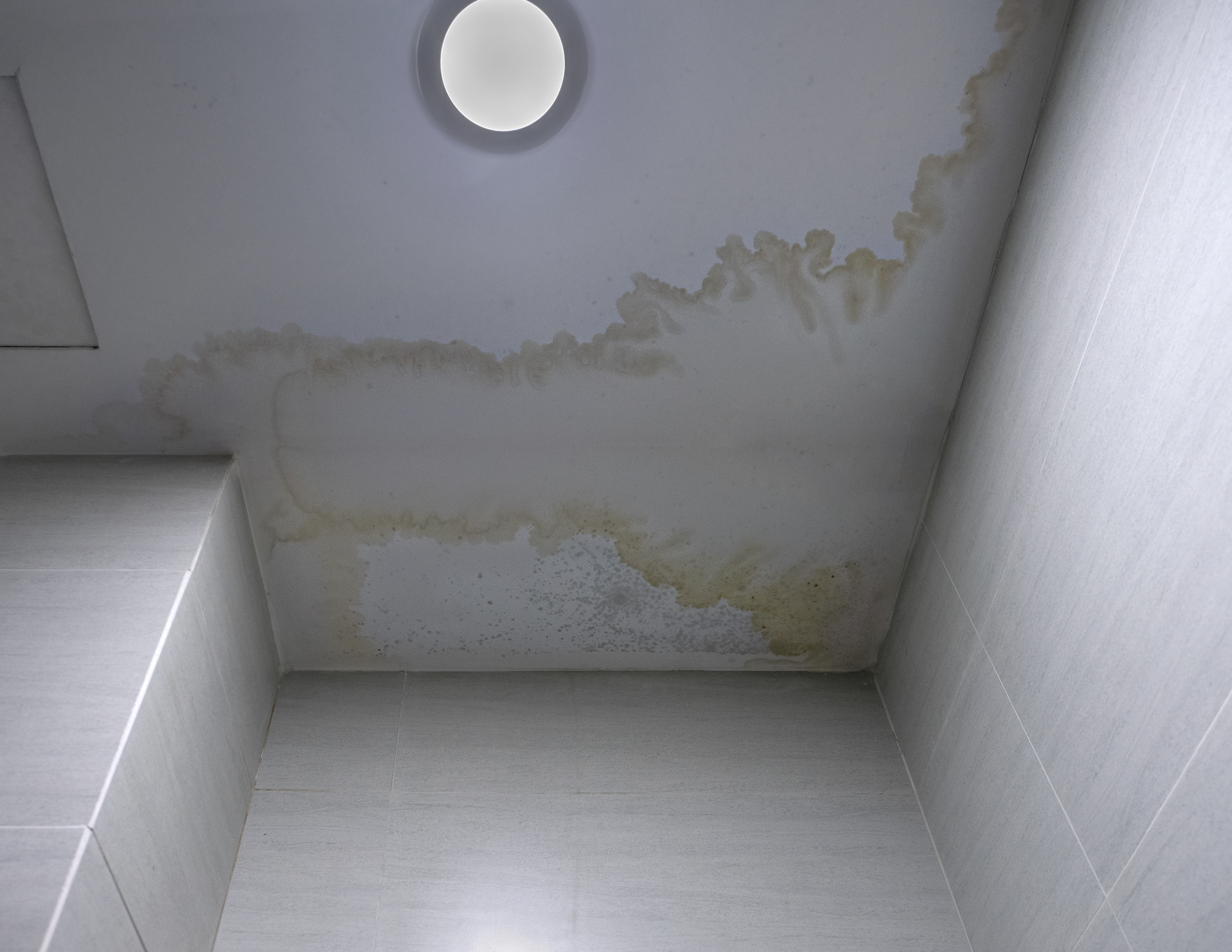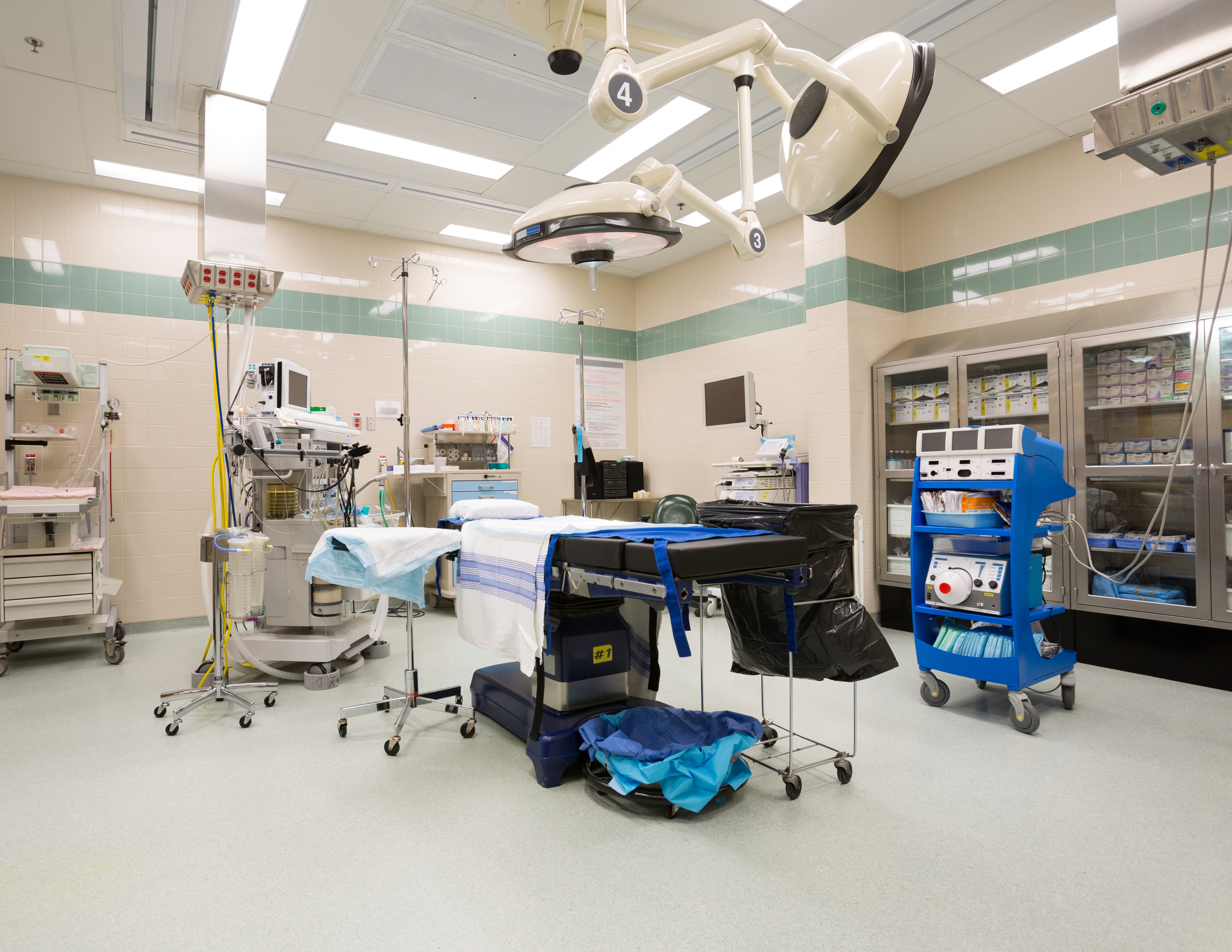A key factor in preserving these facilities is waterproofing. Proper waterproofing helps maintain a healthy environment, preventing structural damage, and helping provide building longevity. It is not only about protecting the building from water damage, but also about safeguarding the health and well-being of patients, staff, and visitors. In this blog post, we will discuss the importance of waterproofing in healthcare, as well as best practices for waterproofing these facilities


The importance of waterproofing in healthcare facilities
We all know that mould and mildew can be caused by poor waterproofing through moisture infiltration, which can compromise indoor air quality and pose health risks, especially to patients with respiratory conditions. If left unchecked, the mould can erode building materials and cause structural damage to buildings. Waterproofing solutions help to keep the building dry and provide healthier environments for all by creating a barrier against moisture and helping reduce the risk of mould and mildew proliferation.

As well as ensuring patient health, maintaining sterile environments is paramount. Waterproofing solutions for areas such as operating rooms and laboratories are essential to prevent water intrusion that could compromise the cleanliness and sterility of these critical spaces. Throughout healthcare facilities, there is also expensive medical equipment and sensitive infrastructure that need to be protected. Water damage can jeopardize the functionality and safety of these assets. By implementing waterproofing measures, facilities can protect these investments.
Lastly, upholding the structural integrity is of huge importance. Water seeping into the foundations weaken the structure, leading to potential hazards and damages that are costly. Waterproofing is the primary defender of a building’s structural integrity which establishes a barrier that shields against infiltration of water, acting as a barricade that prevents potential harm to the foundation. As healthcare facilities generally do not have the time to shut down, it is crucial that adequate waterproofing systems are applied.
Best practices for waterproofing healthcare facilities.
To effectively address the waterproofing needs of healthcare facilities, it is essential to implement best practices and industry standards. Some key considerations include:
Understanding Local Climate
Australia experiences a wide range of weather conditions, from heavy rainfall to extreme heat. Understanding the climate is essential for choosing the right waterproofing materials and techniques that can withstand the conditions.
Site evaluation and regular inspections
Before designing waterproofing systems, a thorough evaluation of the site is necessary to identify potential vulnerabilities and develop tailored solutions for different areas of the facility. Regular inspections of the facility’s waterproofing systems are essential to identify any issues early on. This can help prevent water damage and potential health hazards associated with leaks and moisture build up.
High-performance waterproofing materials
Using high-quality waterproofing materials and systems is crucial for long-term effectiveness. From membranes to sealants, choosing the right products can make a significant difference in the performance of the waterproofing system and provide longevity for the structure.
Proper installation
Proper installation of waterproofing systems is key to their effectiveness, hence the importance of hiring experienced professionals who understand the specific requirements for healthcare facilities.
Compliance and regulations
Healthcare facilities are subject to stringent regulations and standards to ensure patient safety and well-being. Waterproofing solutions should comply with relevant building codes and healthcare industry guidelines. Australian compliance and regulations for waterproofing can be found on The National Construction Code (NCC) website.
Consideration of specialised areas
Different areas within a healthcare facility may have unique waterproofing requirements. For example, operation rooms, laboratories, and imaging facilities may require specialised waterproofing solutions to meet specific needs.

Maintenance and Repairs
Regular maintenance and prompt repairs of any waterproofing issue are essential to prevent water damage and maintain a safe and hygienic environment.
Waterproofing plays a vital role in preserving health spaces within healthcare facilities. By addressing moisture-related challenges and implementing robust waterproofing strategies, facilities can create safer, cleaner, and more durable environments for patients, staff, and visitors. As the healthcare industry continues to evolve, prioritizing waterproofing in facility design and maintenance is essential for upholding the highest standards of care and safety.
If you have any questions or need project-specific advice, our Specifications Team and Technical Representatives are always available to assist you.
© 2025 Tremco Incorporated

